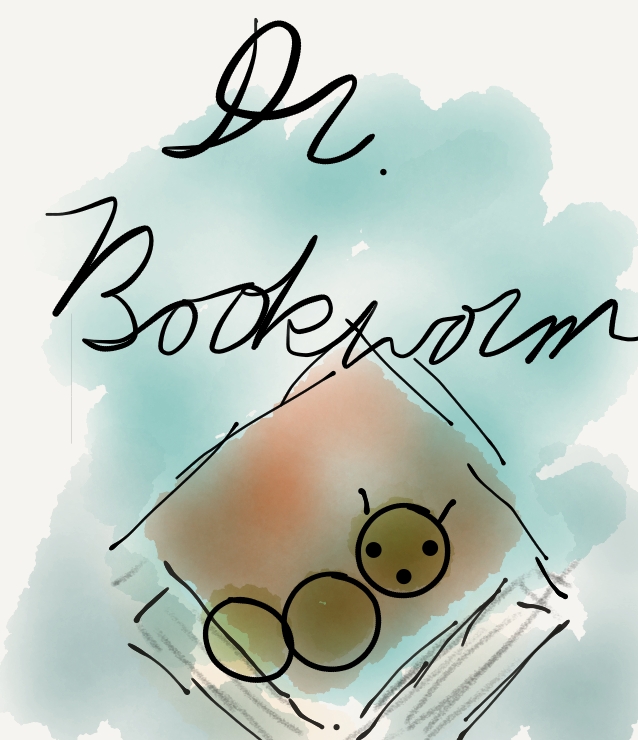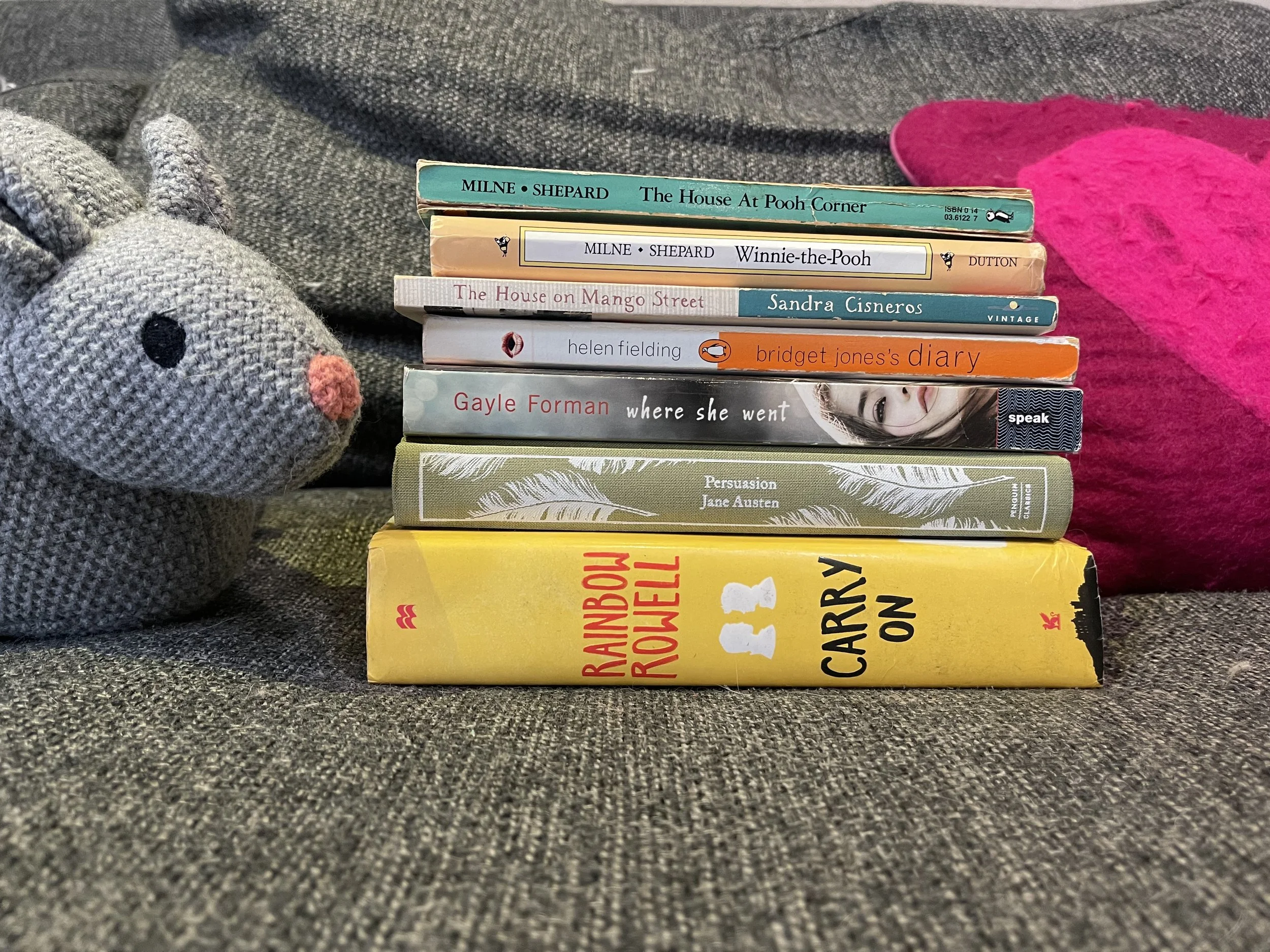First Pages: The House on Mango Street
The House on Mango Street is still one of my very favorite novels. When I was working on my Creative Writing degree, I did a novel study on this very novel by Sandra Cisneros because the novel I was working on at the time was a nontraditional novel as well.
When I was in college, I discovered that there was so much more literature out there. And I mostly took classes in Women’s literature, Native American literature, and the like. Yes I still studied the classics, but after a traditional literature education that I received in elementary and high school, I was so excited to find novels and short stories that have main characters from different cultures.
And the funny thing is that in high school I was really into Jane Austen and Charles Dickens, the Romantic poets, the Bronte sisters, but you won’t catch me we reading Charles Dickens now. When I asked Mini Me, who is a senior in high school, she said she had not read any of these classic writers at school, only on her own.
For me, I felt seen in these multicultural and immigrant experiences. I fell in love with the words of Amy Tan, Leslie Marmon Silko, Julia Alvarez, and, yes, Sandra Cisneros. I took as many classes as I could with Paula Gunn Allen (English and Creative Writing), who was a wonderful person who opened up my world view. A Grandmother of the Light, indeed. And, I also found my own voice.
The opening pages of The House on Mango Street begins with Esperanza’s view of what it means as their first permanent home. A symbol of their emigration to the United States, a place that isn’t exactly what they thought it would be. But as every chapter reads as an excerpt into Esperanza’s coming of age, Cisneros skillfully opens the novel with the stark contrasts of her house versus those of her classmates.
The viewpoint is at once Esperanza in her youth, and also looking back as an adult. As a poet, of course, it’s also ripe with imagery.
What draws me in every time is the lyricism in every word.
Check it out—a reflection of youth and the immigrant experience and the importance and strength of family.






